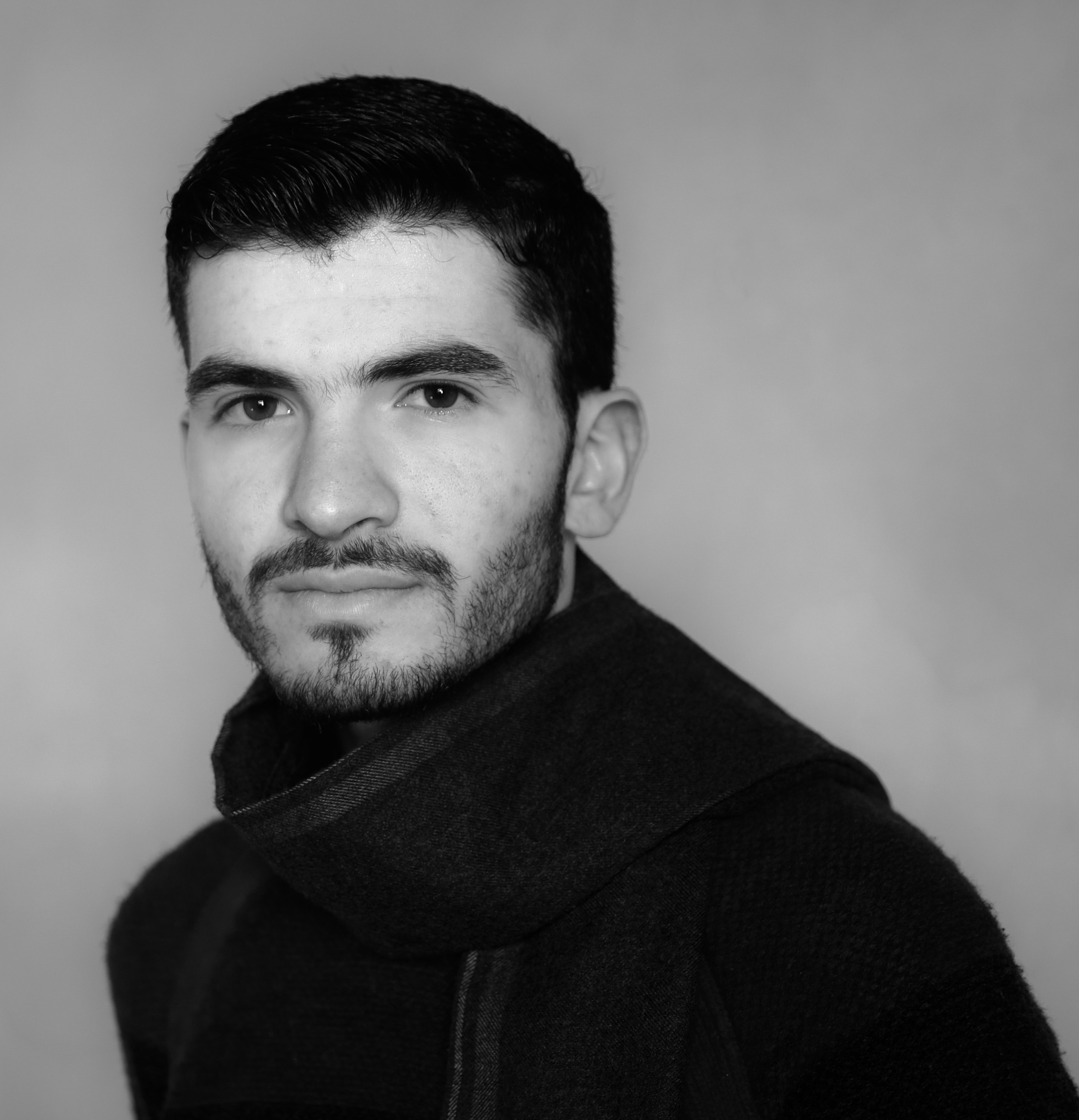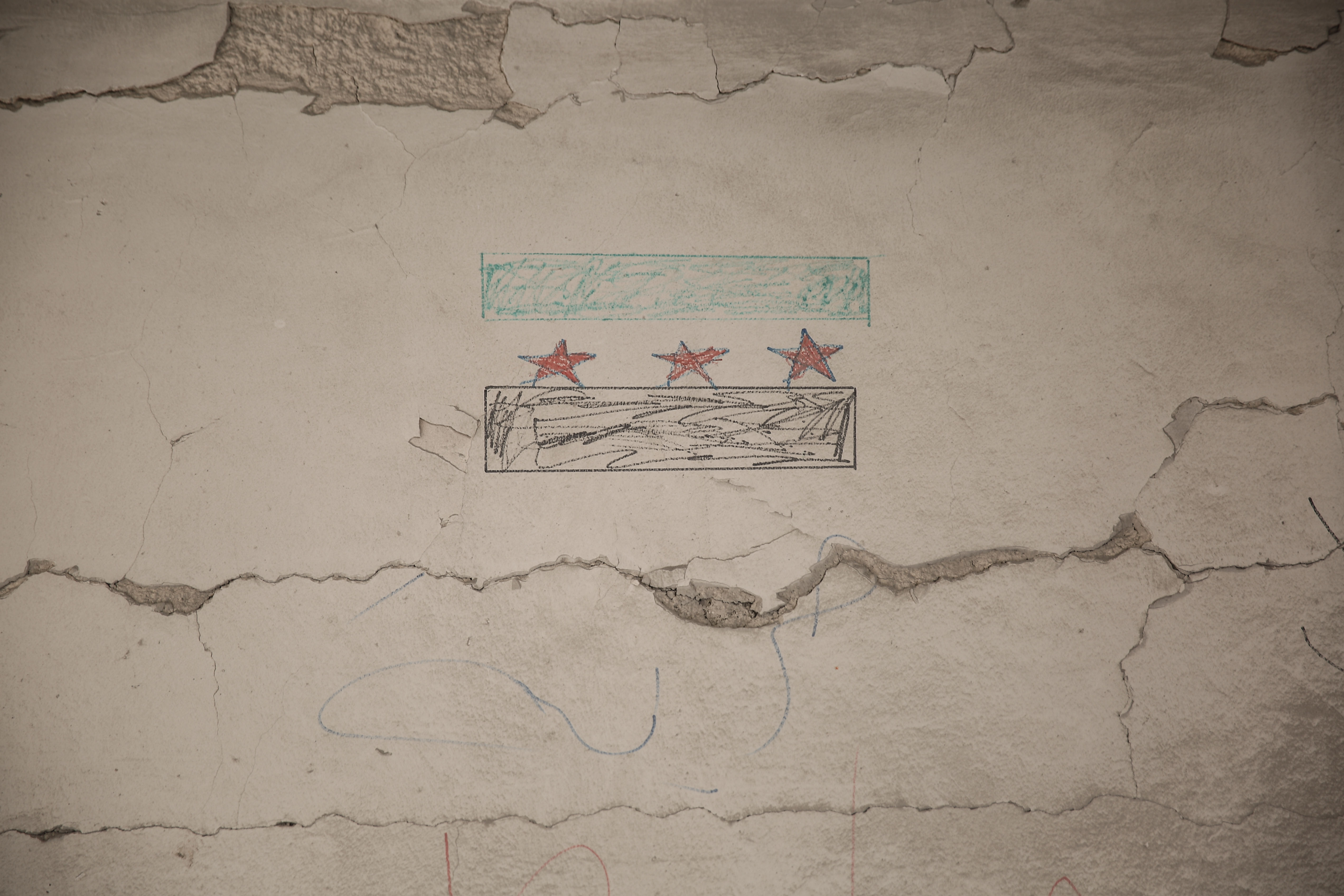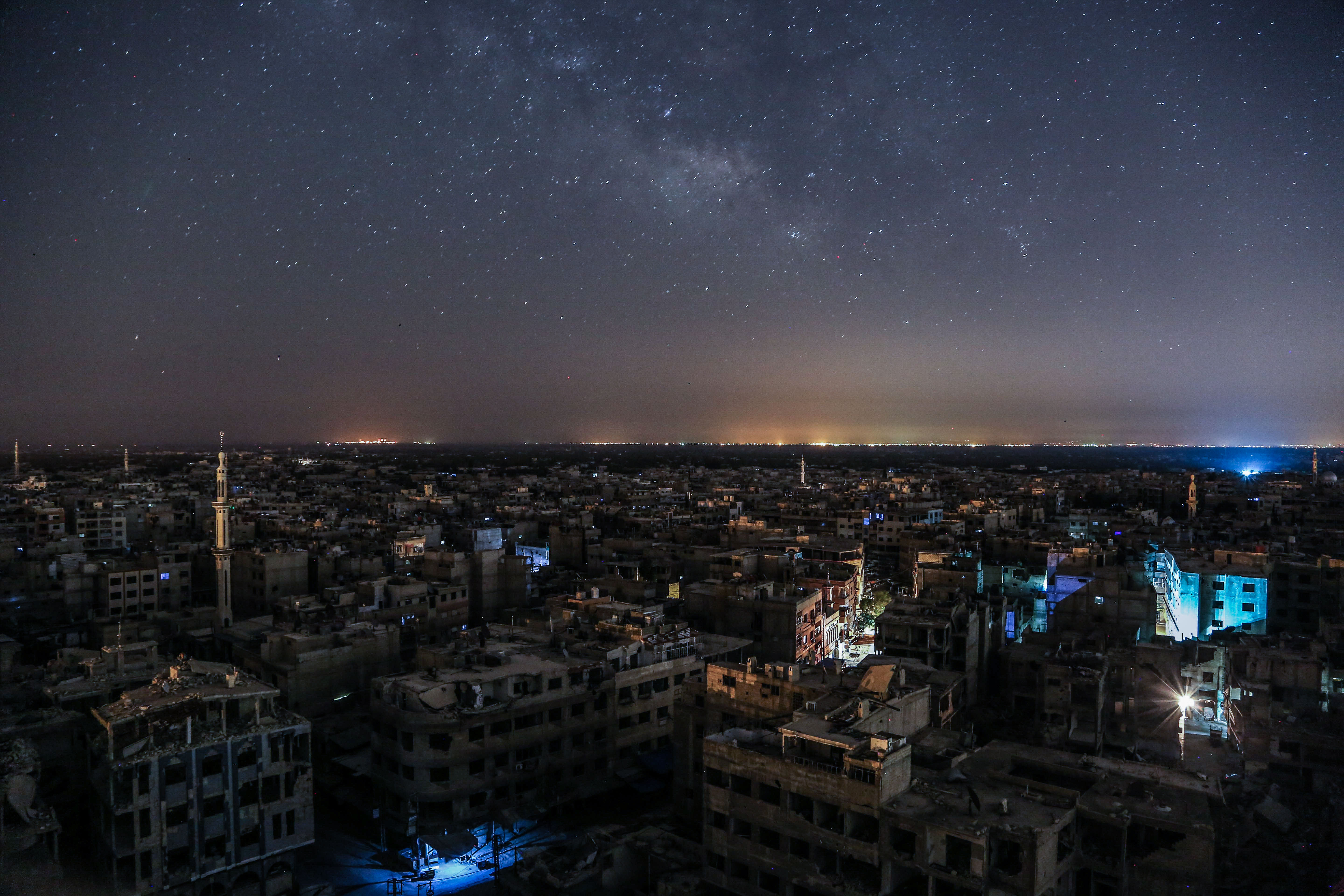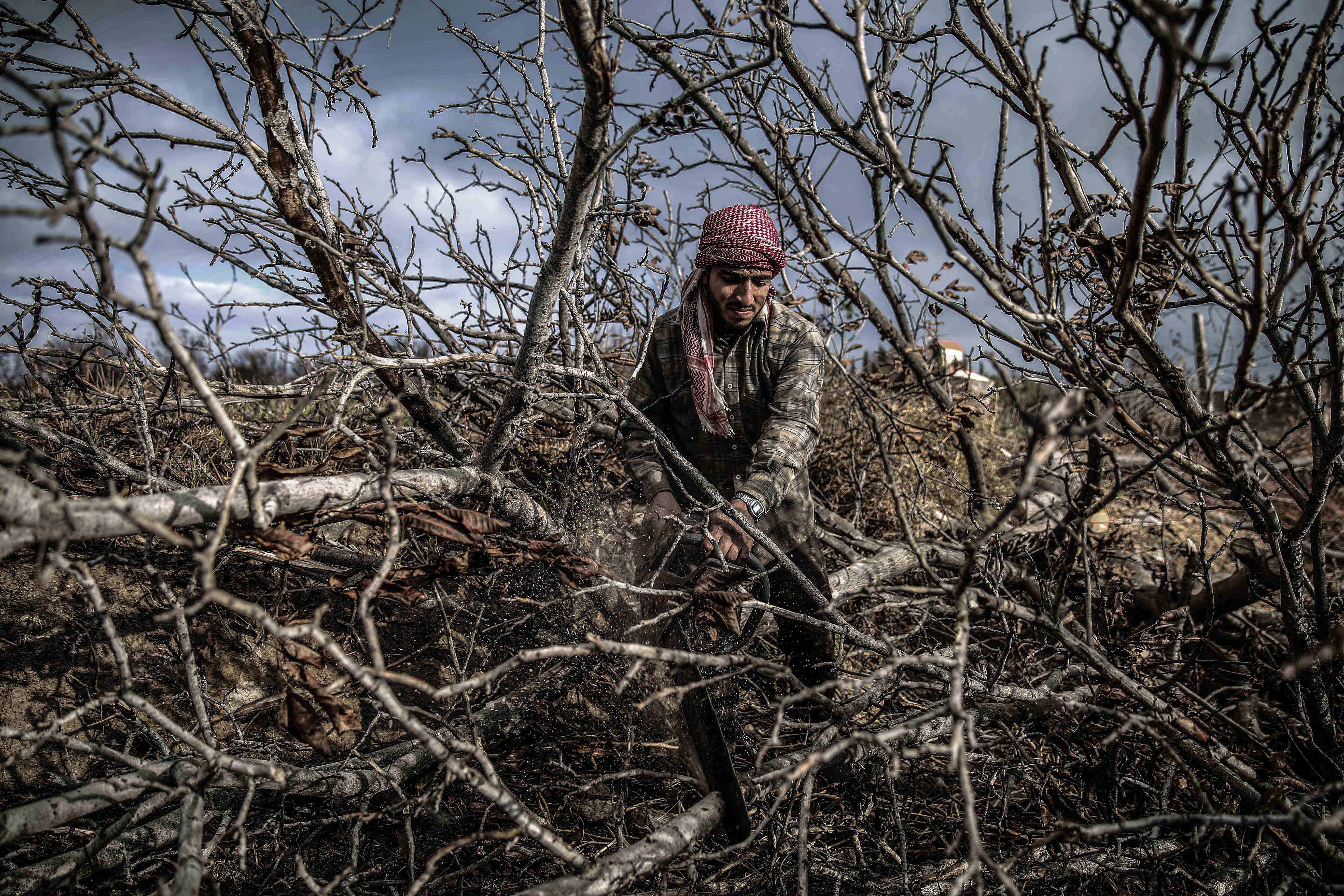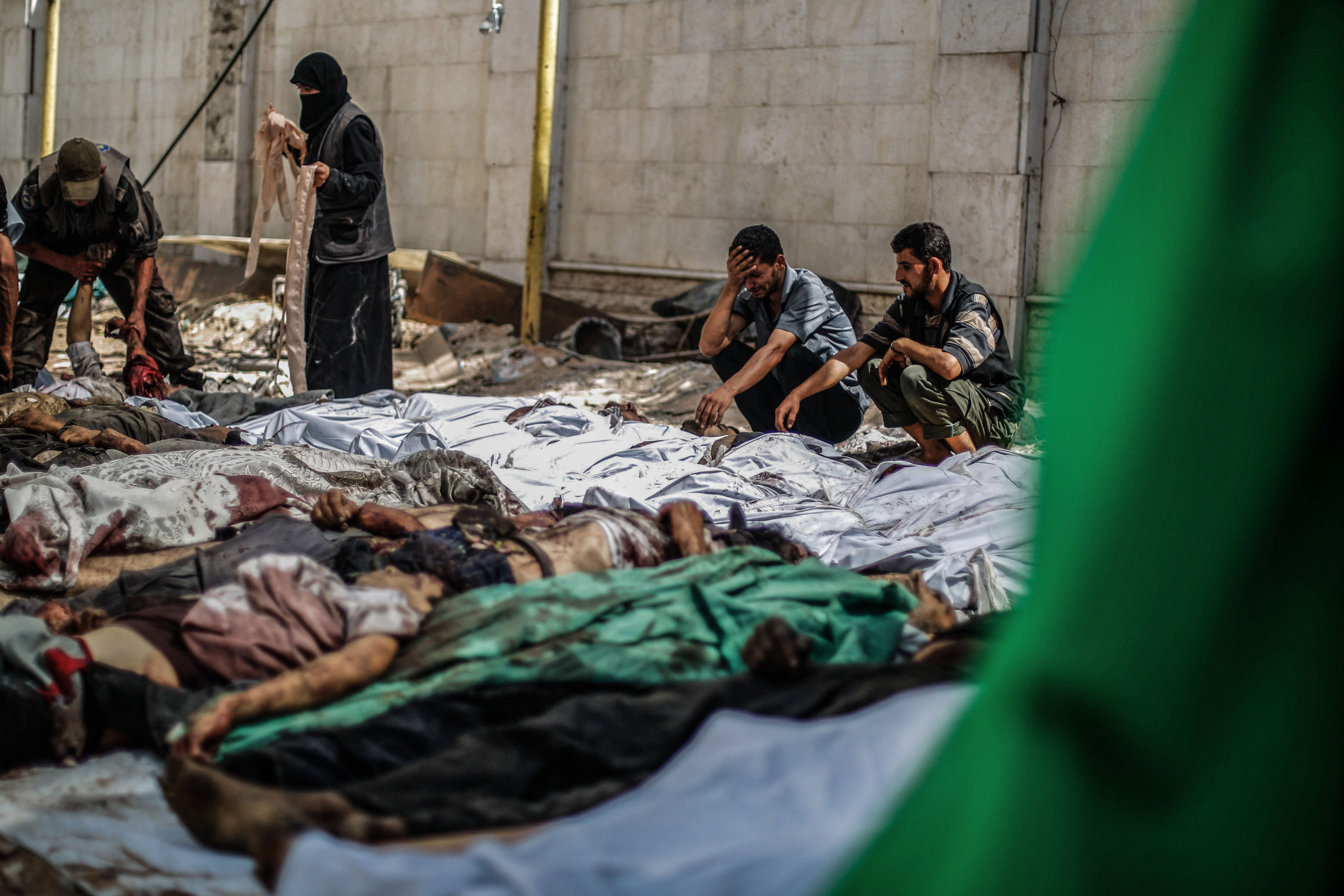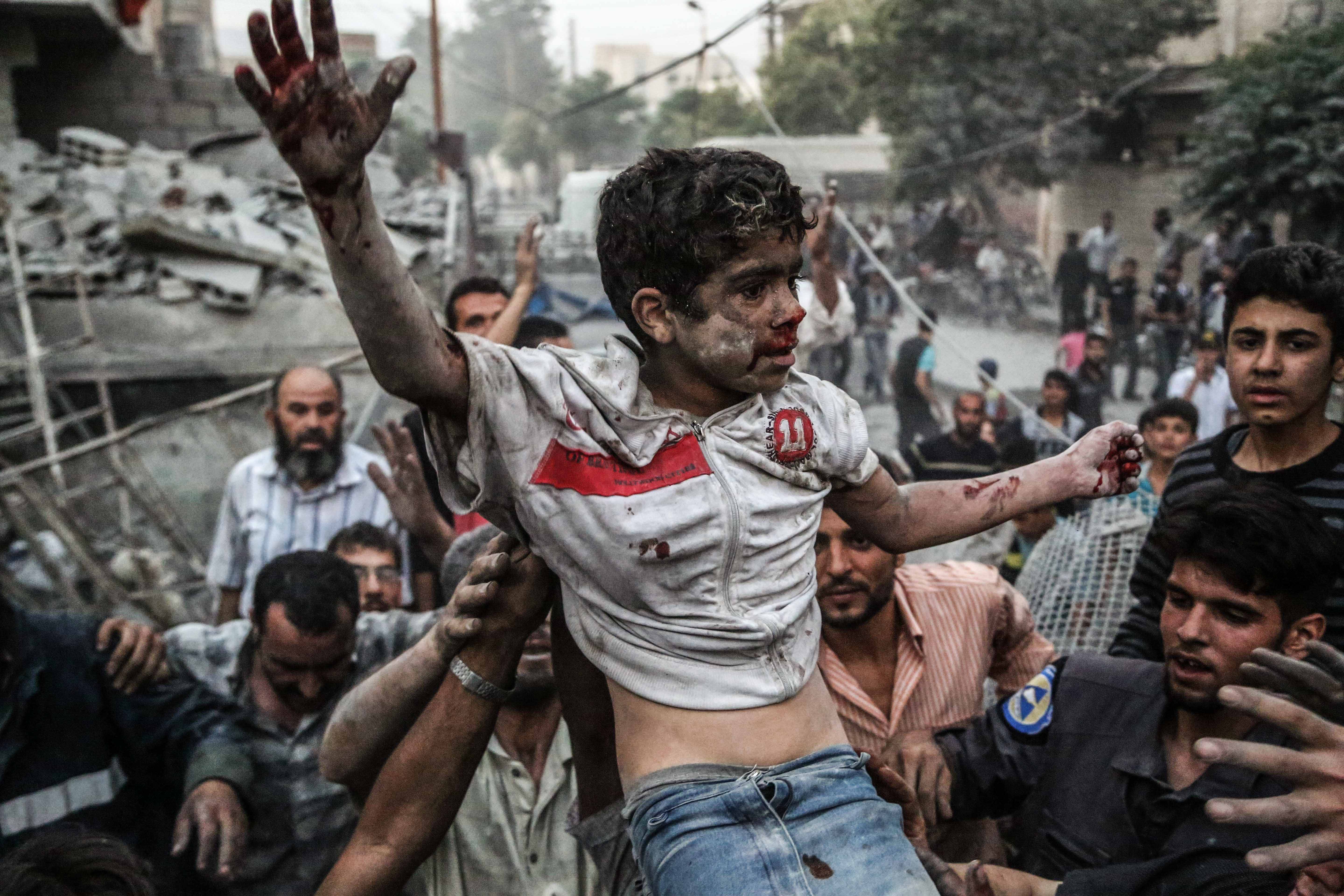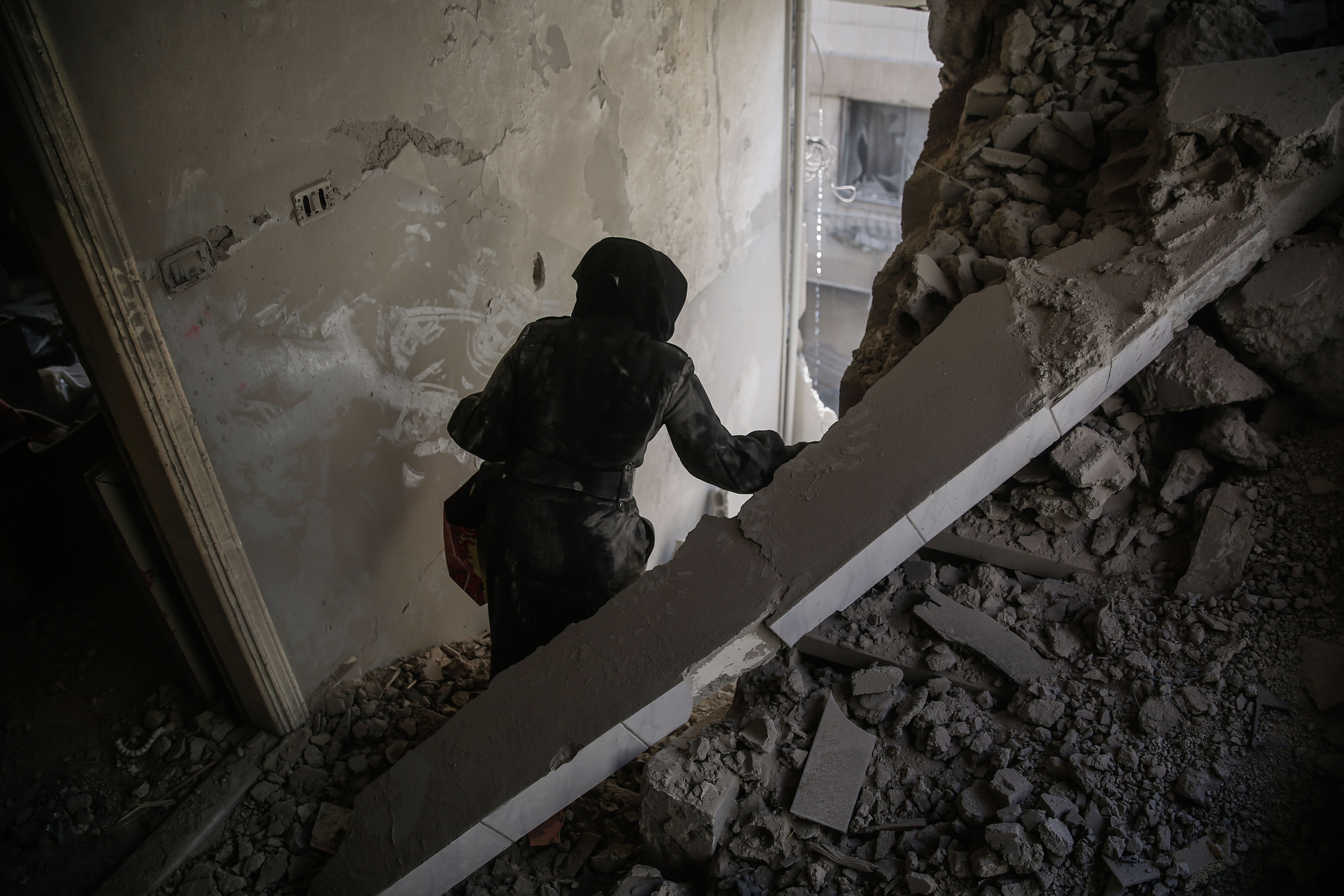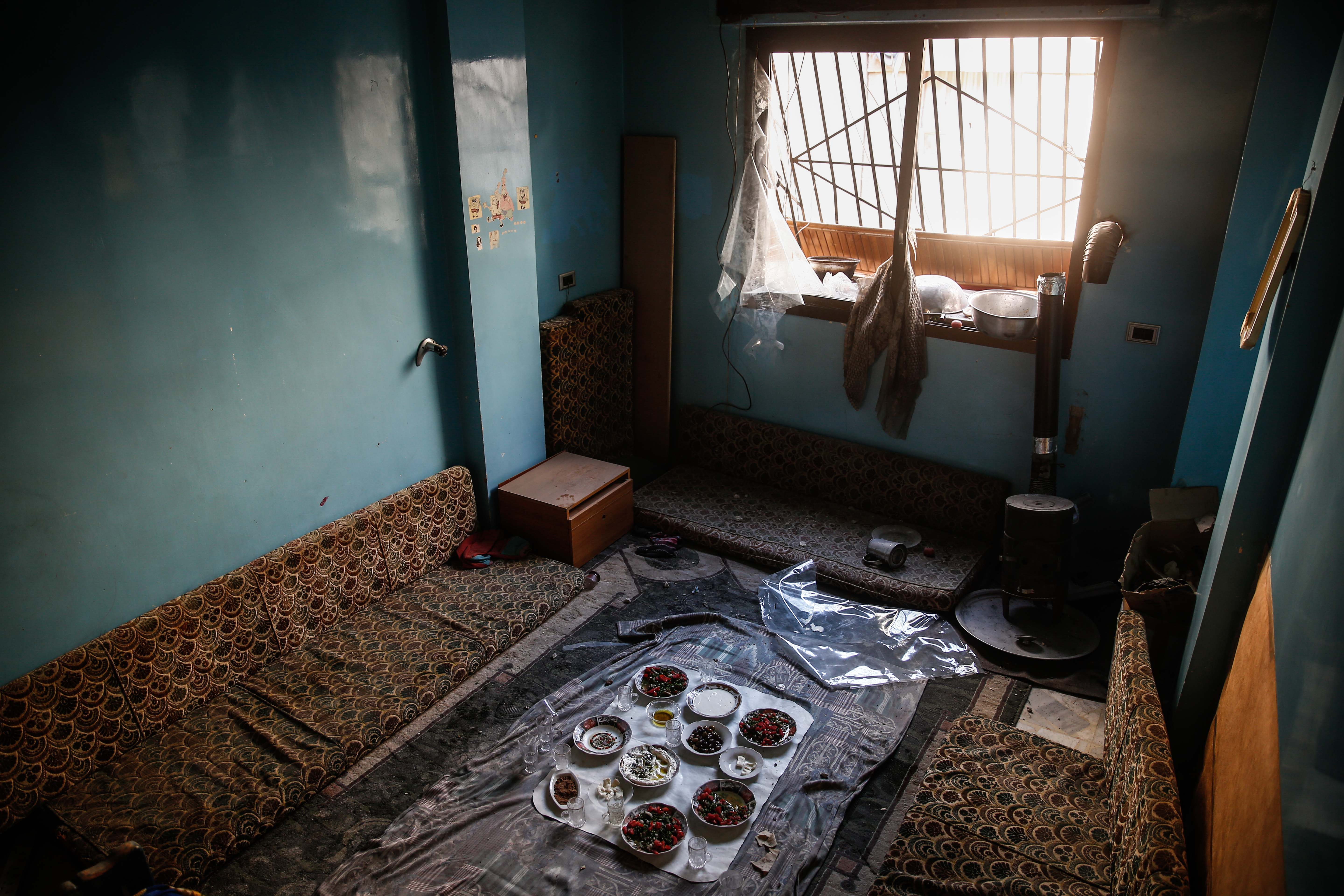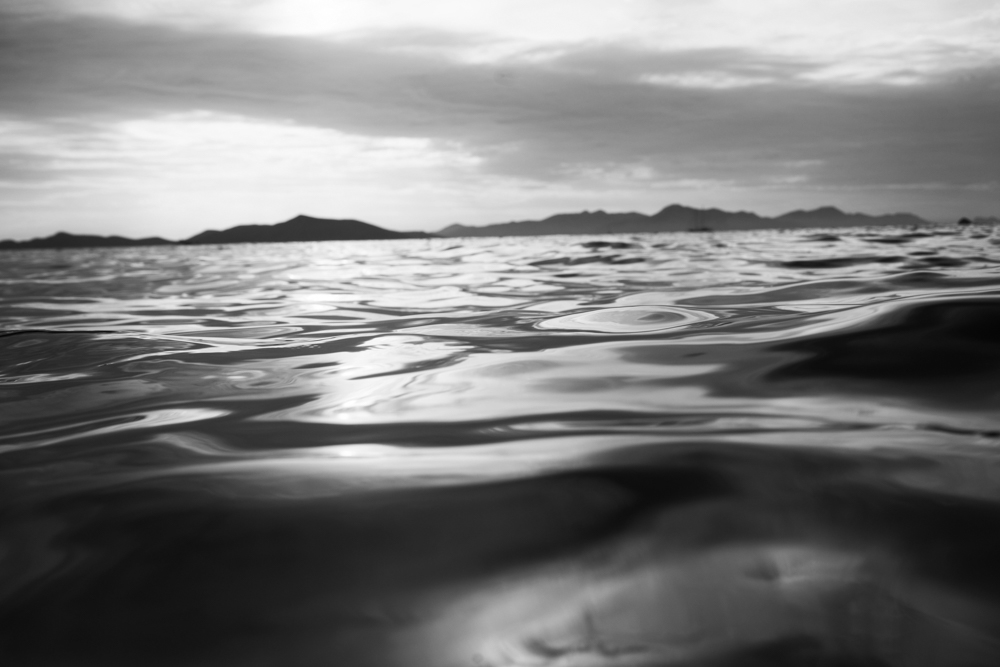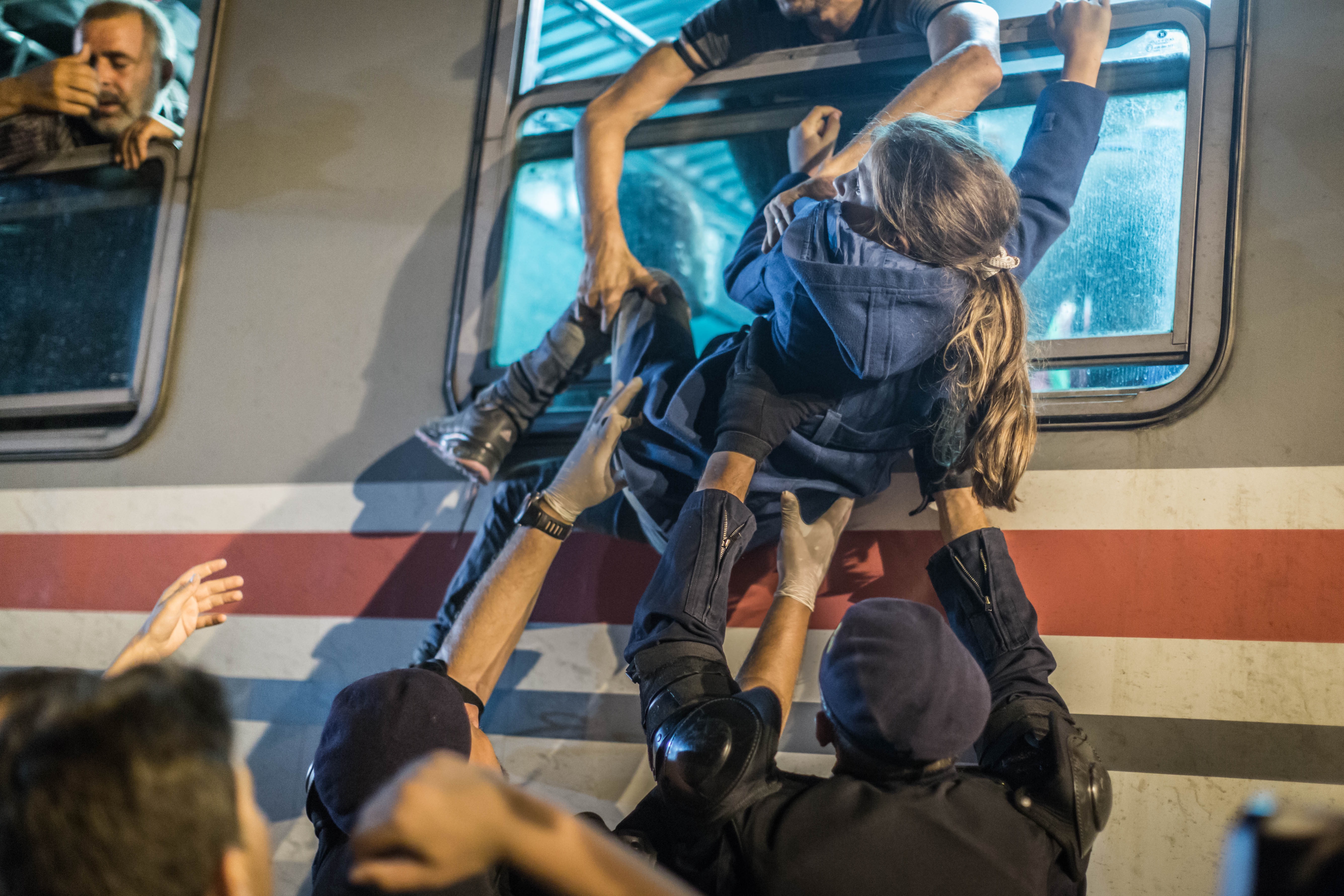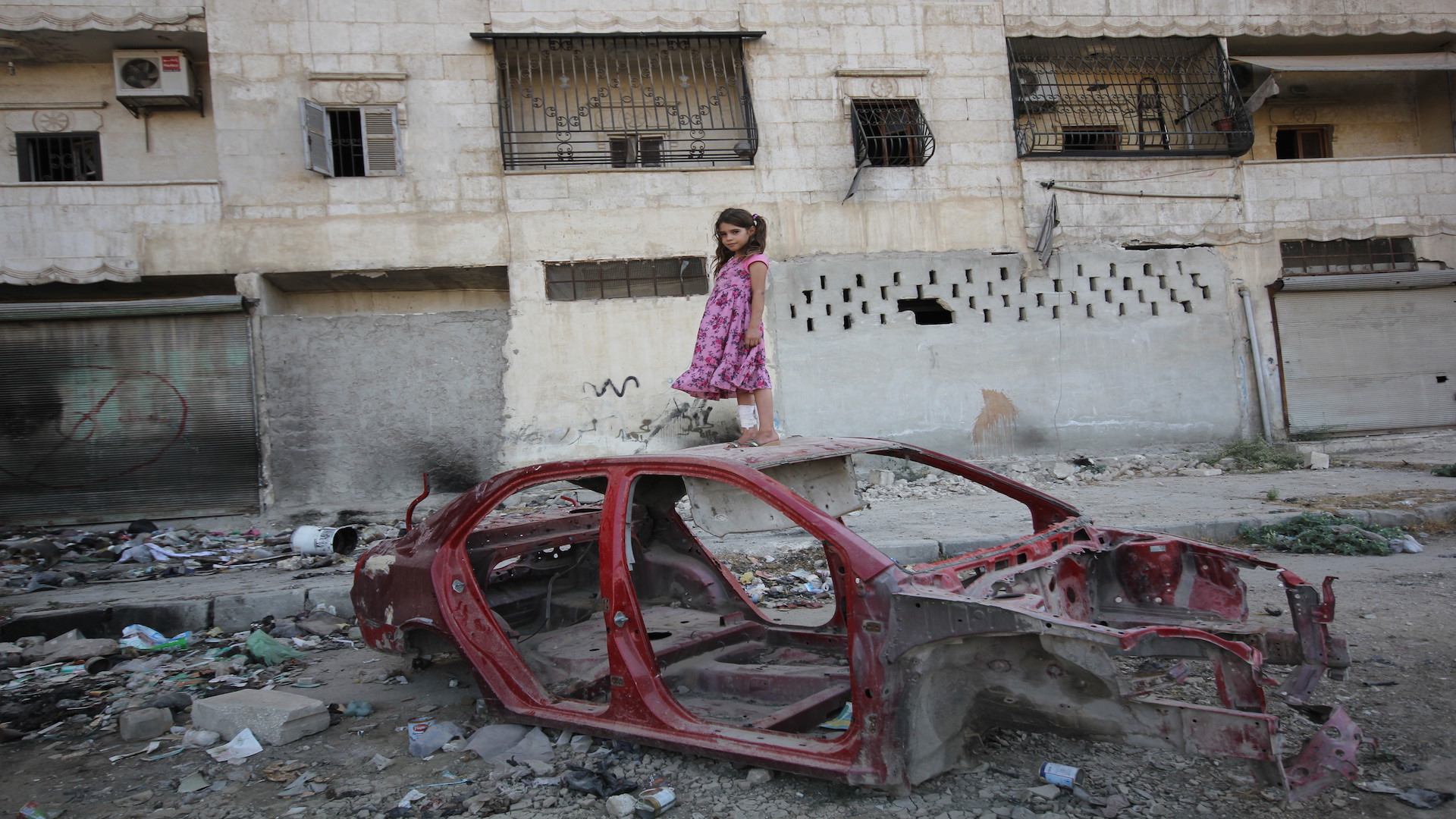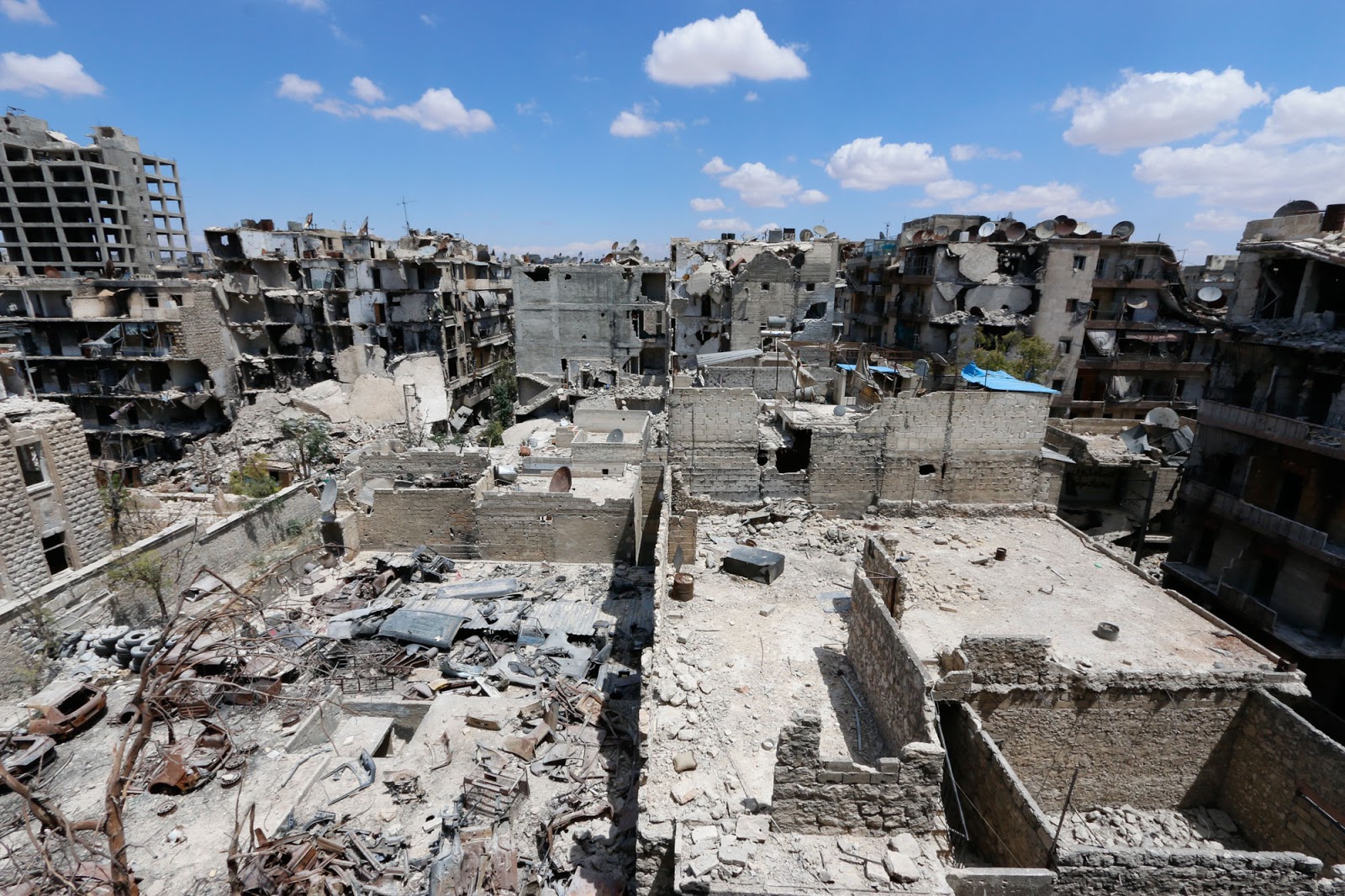This article is part of SyriaInFocus, a series on Syrian photography funded by the Friedrich Naumann Foundation for Freedom, with guest editor Sima Diab.
I was 13 years old in 2011, when the peaceful uprising began in Syria. Back then, my older siblings started documenting the peaceful demonstrations calling for freedom, as well as the violations by the Syrian regime as it tried to repress the protesters. I started to help them, as I wanted to participate in the revolution despite my age.
The situation developed quickly. Our area, East Ghouta, was completely besieged by Syrian government forces by 2013, after it came under the control of opposition fighters. The regime restricted the movement of civilians, confiscated food and arbitrarily deprived people of electricity and water as a kind of punishment.
We were not ready for such a severe siege, yet we were forced to live with it. People started finding alternatives to everything in order to survive. My mother used to prepare us bread made from animal feed instead of wheat flour, which was not available. The first time, I went three days without eating because I did not like the taste of that bread, but after that I had no choice but to eat it in order to survive.
We cut down trees to use their wood for cooking and heating. We extracted fuel and gas from burning plastic waste materials. The siege pushed people to invent and be as creative as possible in order to survive. War is not only a machine for making deaths, sometimes it also could push people to be as creative as possible.
It was rare for the bombing to stop in our area for even one day. It was our daily routine. In addition to the siege, every morning I woke up to the sounds of bombing, and started to document these atrocities: destroyed homes, people mourning over the bodies of their loved ones and others being rescued in the aftermath of airstrikes.
Trained in the heart of the Syrian conflict, I always tried to be connected to the people who I photographed, talking to them, caring about their feelings and respecting their wishes.
I was scared like any other person or child. Sometimes I tried to keep looking through my camera’s viewfinder, thinking that might protect me from the trauma, or at least make things easier for me, but in vain.
Life became so bloody. I had to witness a lot of death, more than a normal child would see. However, photography was like a cure for me. When I grabbed my camera and started taking pictures, I automatically dumped my feelings into those pictures to express my anger and sadness. I had no other way to let go of all these feelings then.
In this picture that I took on June 16, 2015, my biggest fear is evident. This kid was stuck in the rubble after four missiles collapsed a cluster of residential buildings. Rescue teams were working hard to remove the people who were trapped under the rubble. But it was not easy work, and it took a long time, longer than the length of time someone can hold their breath.
I felt suffocated while taking these pictures, as everyone was trying to pull out the child. The looks of terror and fear were quite clear. I imagined myself in his place and caught my breath again with every photo. That was my biggest fear, being stuck under my roof and dying of suffocation. Fortunately, that child was pulled out of the rubble, but his family was not lucky enough to survive.
Documenting these horrors was not easy, as the pain of the people that I was trying to show was mine too. Just before taking the picture above, I was in an internet cafe near my house. I heard the sound of the warplane, so I ran outside to see it, and to determine where it would strike. Not even a few seconds later, an intense pressure pushed me back in the wake of a huge explosion. I looked at the sky and saw smoke coming from an area that was near my house. The warplane was still in the sky. We knew at the time that if we still heard its sound after it carried out a raid, it would bomb the same place again to inflict the largest possible number of victims, including the rescue teams.
I was hesitant and frightened, but I ran quickly towards the source of the smoke. It was my street. The area was filled with so much smoke that I couldn’t see anything. A few seconds later, another raid hit. I threw myself straight into the entrance of the nearest building without even thinking. I only wanted to take shelter from the rocket shrapnel.
The raid was not far away. I immediately got up and ran to my house distraught and frightened, afraid of what would happen to my family. I arrived. The airstrike was on our building. I went up to check on my family members, but as soon as I went up the stairs, I found one of my nephews and nieces covered with a white layer of dust and some blood. I started evacuating them from the building as neighbors helped.
All I thought was that I wanted to get to my house, that I wanted to check on my mom and dad. After a few minutes I went up to find my family members. They were all shocked and terrified, with thick layers of white dust on their faces. Fortunately, they all had gathered at the breakfast table a few minutes before the bombing, in the one room of the house that had not been destroyed.
The photo above is of my sister leaving our house after it was bombed, and the photo below is where my family was gathered at the breakfast table.


